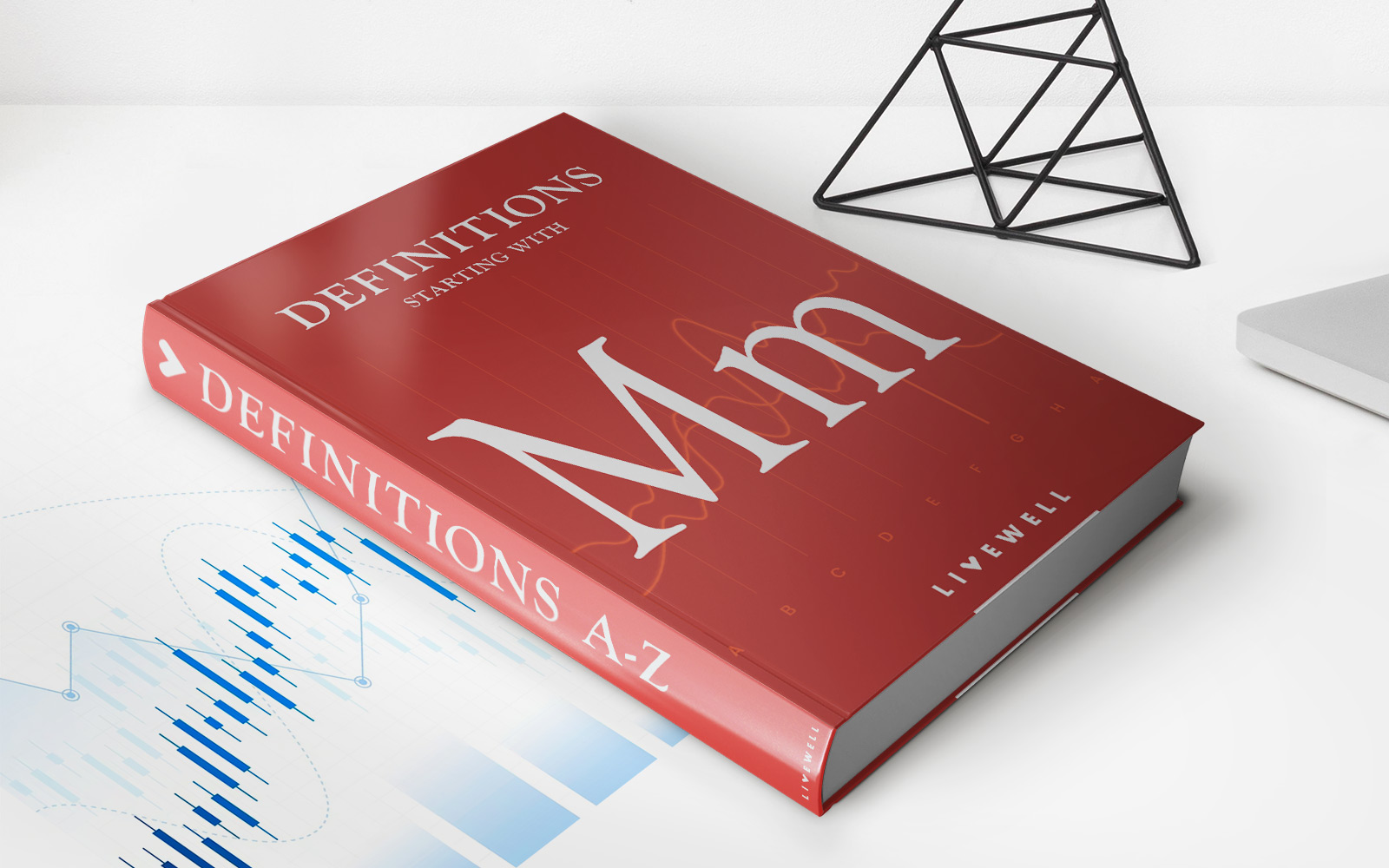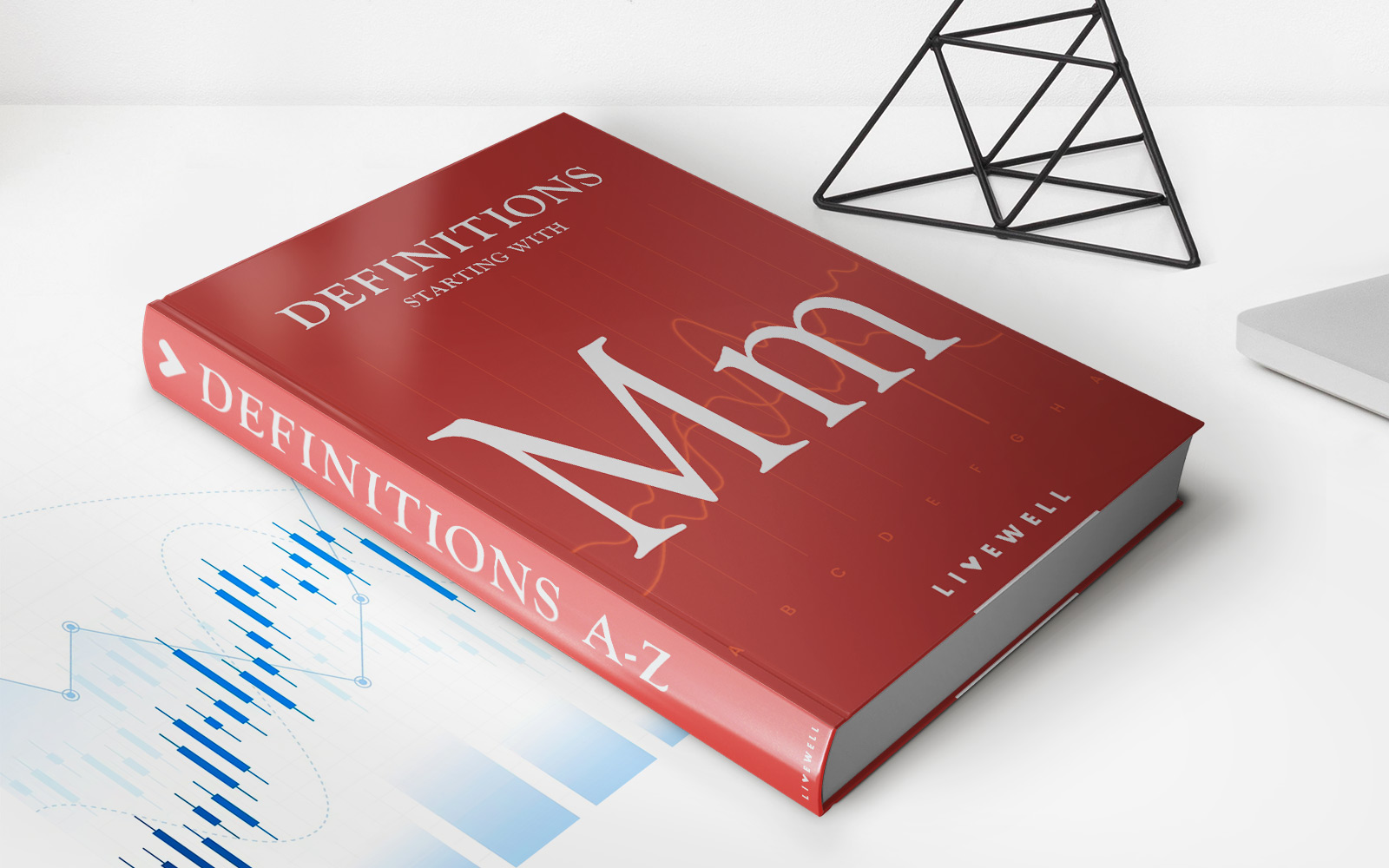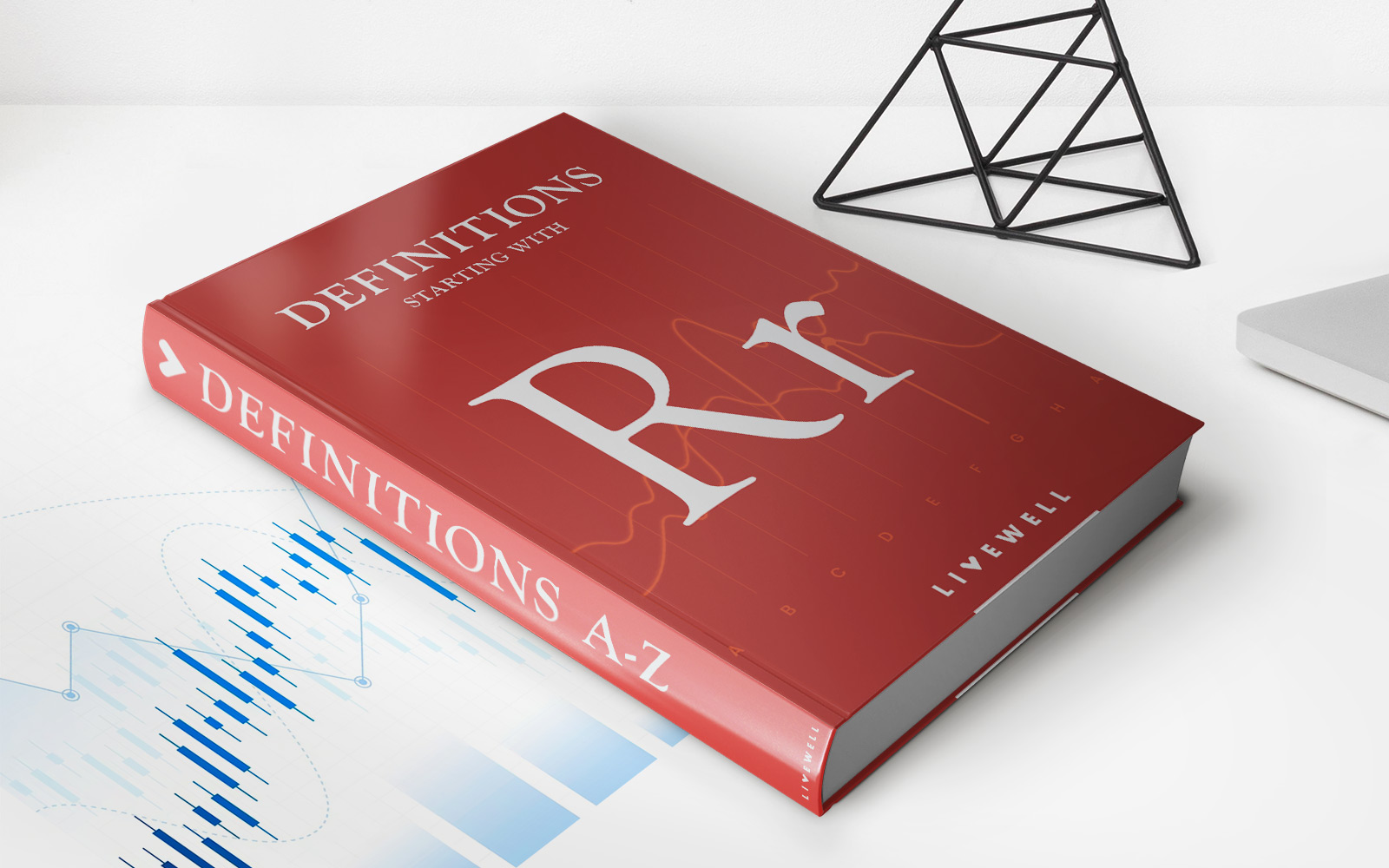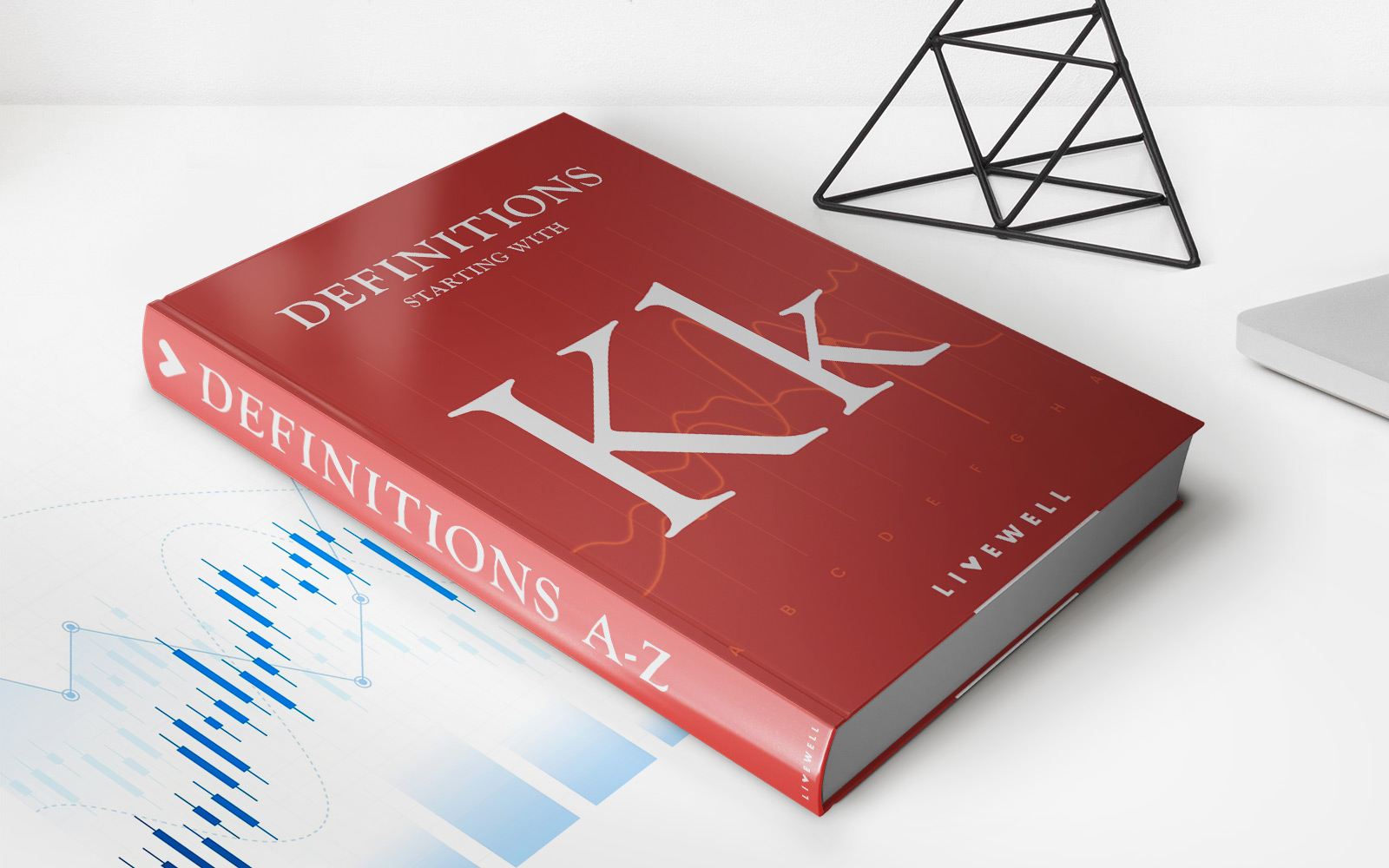

Finance
Closed Loop MRP Definition
Published: October 28, 2023
Understanding Closed Loop MRP in Finance: Learn the definition and importance of implementing a closed loop materials requirement planning system to optimize financial operations.
(Many of the links in this article redirect to a specific reviewed product. Your purchase of these products through affiliate links helps to generate commission for LiveWell, at no extra cost. Learn more)
Understanding Closed Loop MRP: A Game-Changer for Finance
Finance is a critical aspect of any organization, and keeping a close eye on financial transactions is key to success. Regardless of the industry, having an efficient and accurate system for managing finances is paramount. One such system that has revolutionized financial management is Closed Loop Material Requirements Planning (MRP). In this blog post, we will delve into the world of Closed Loop MRP, explain its definition, and explore its significance for the finance sector.
What is Closed Loop MRP?
Closed Loop MRP is an advanced method of material requirements planning that helps organizations streamline their finance and inventory management processes. With this approach, real-time data is used to control and optimize inventory levels, production scheduling, and purchasing decisions. By closing the loop on information flow, finance teams can make data-driven decisions, eliminate guesswork, and enhance efficiency.
Key Takeaways:
- Closed Loop MRP is an advanced material requirements planning method
- Real-time data is used to optimize inventory levels, production scheduling, and purchasing decisions
Why Closed Loop MRP Matters for Finance
In the finance industry, every decision can have a significant impact on a company’s profitability. By incorporating Closed Loop MRP into financial management processes, organizations can gain several advantages:
- Improved inventory management: With real-time data and accurate demand forecasting, finance teams can optimize inventory levels, reducing carrying costs while ensuring adequate stock availability.
- Enhanced production scheduling: Closed Loop MRP allows for precise control over production schedules, ensuring that resources are utilized optimally. This leads to improved productivity, reduced lead times, and better customer satisfaction.
- Cost savings: By minimizing excess inventory, avoiding stockouts, and optimizing production, organizations can significantly reduce costs. This, in turn, positively impacts the financial health of the company.
- Greater data visibility: Closed Loop MRP provides finance teams with real-time insights into inventory levels, sales trends, and production schedules. This enables more accurate financial forecasting and decision-making.
Overall, Closed Loop MRP empowers finance teams to make informed and data-driven decisions, mitigating risks and ensuring financial stability. By optimizing inventory management and production scheduling, organizations can achieve improved profitability and customer satisfaction.
Conclusion
Closed Loop MRP is a game-changer for the finance sector, providing organizations with advanced tools for efficient financial management. By harnessing real-time data, finance teams can optimize inventory levels, production schedules, and purchasing decisions, resulting in cost savings and enhanced profitability. Incorporating Closed Loop MRP into financial processes is no longer an option but rather a necessity in today’s competitive business landscape.
If you’re looking to transform your financial management processes, consider implementing Closed Loop MRP and experience the difference it can make for your organization.














